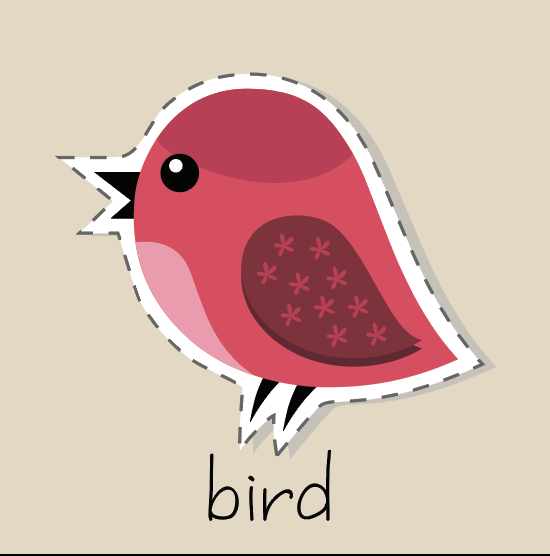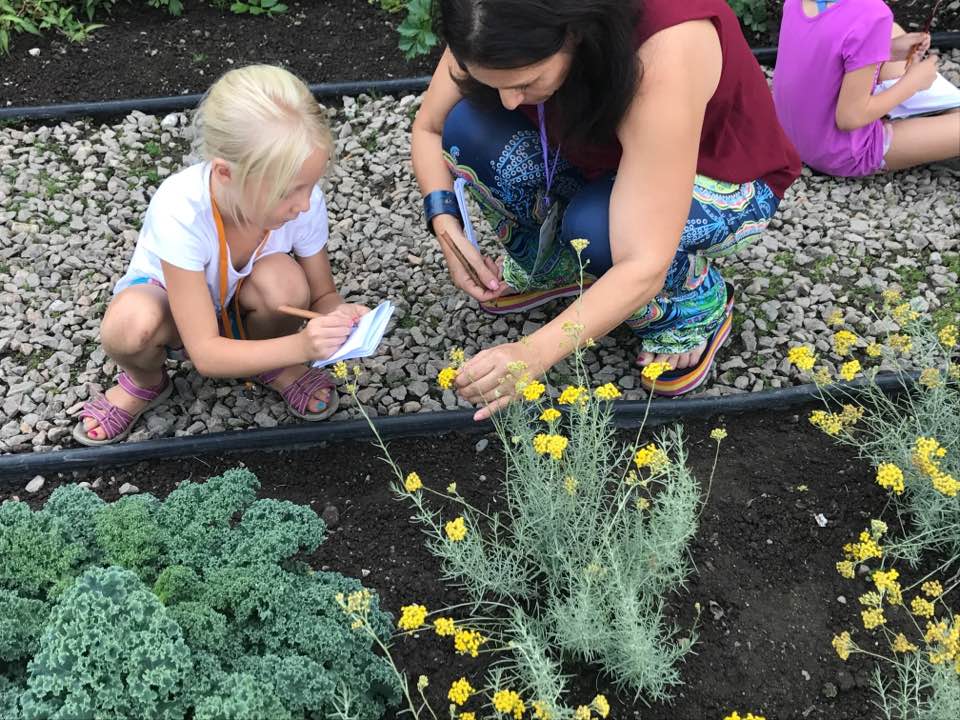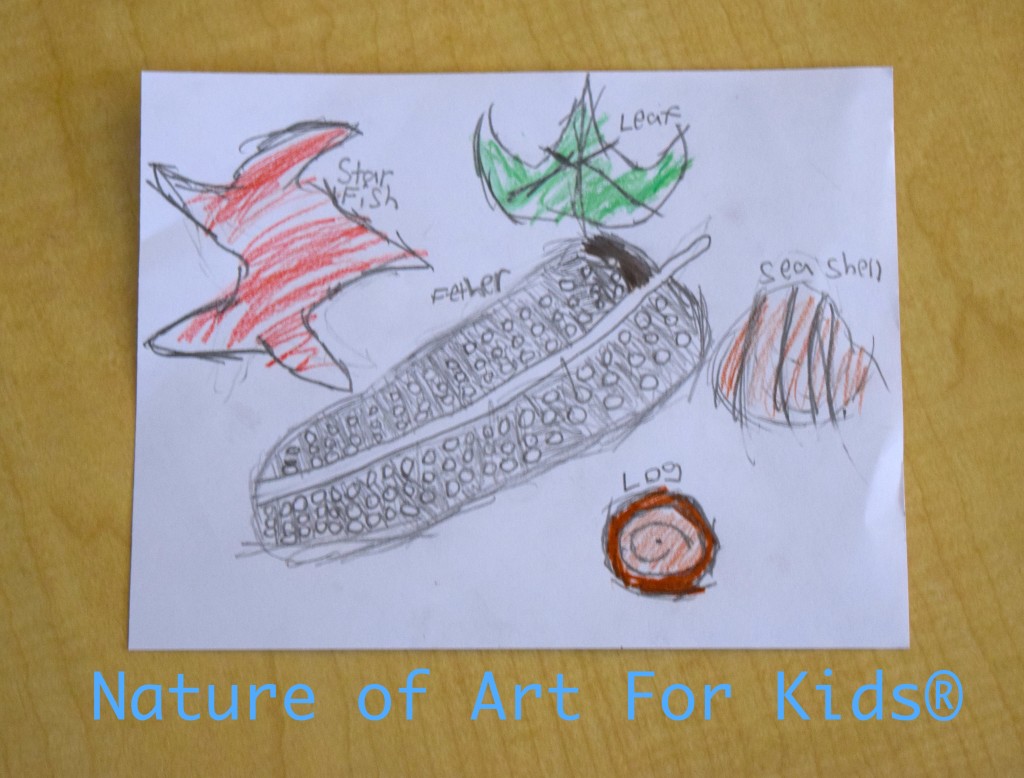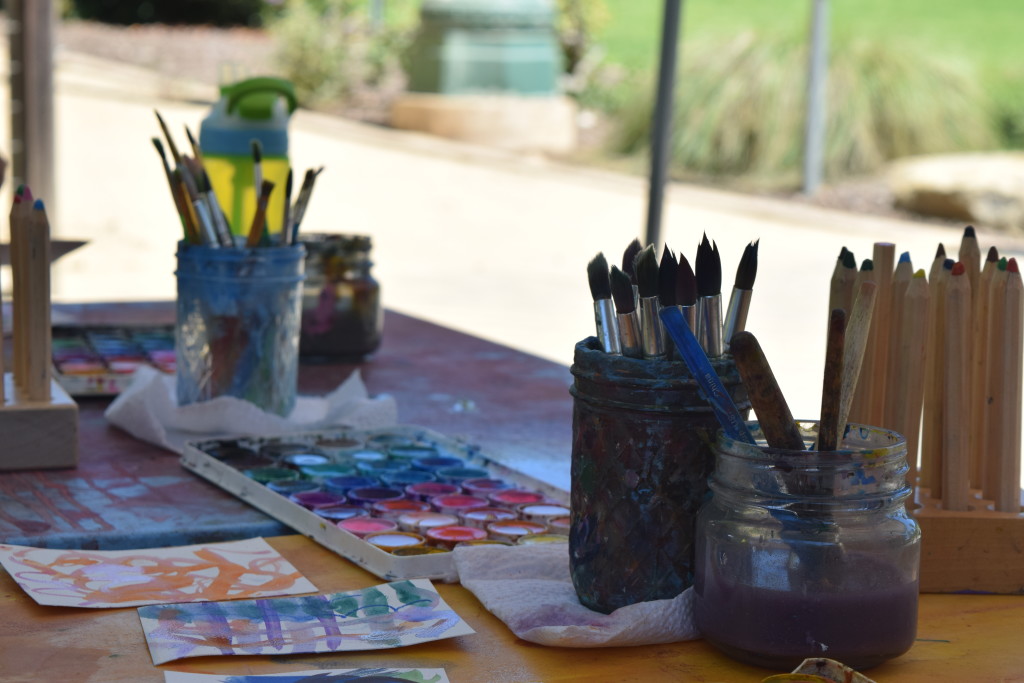How-to Teach Kids Art Journaling —starts with explaining how one of the best ways to observe and record nature is through kids art journaling. Art journals can promote scientific exploration, support writing, allow for freedom of expression through creative artistic techniques. They also help kids understand the elements and principles of design and the artistic process.
So let’s start with the basics.

What is art journaling?
Art journaling is a way of recording observations, ideas, learned topics, emotions, and self expression through illustrations, doodles, painted images, and collages, using a variety of art mediums. These artistic works are created and arranged in an art journal—a binded book of blank pages; art journals can vary in size and are similar to a self-reflective written diary.
For educators, art journaling can be an extension to other lessons you present. It can give students the chance to reflect on other subjects through an artistic lens, which can help them gain a deeper understanding of what they’ve learned.
It’s most important to note that art journaling can be done in any fashion, there’s no right or wrong way to create an art journal. The owner of the art journal is the curator of its life.
One Step Further: Outdoor Nature Journal Checklist

What do kids need to start art journaling?
You really don’t need much for kids art journaling. The basic materials are simple: kids just need a blank paper, pencil, and eraser to start. You can then transition them into using more colorful mediums, such as crayons and colored pencils, and eventually paint and collage materials. The idea is to mix up the mediums students have access to; offering different materials to create with helps them make connections to the concepts and subjects they’re learning.
How can art journals be used for outdoor nature activities?
Integrating the study of the natural world into art journaling can give children their own unique learning experience. Art journaling provides a dynamic spatial intellectual understanding that is wired by their sensory inputs through critical observations, notations, writing skills, and storytelling.

Where to Start: Head Outdoors for Nature Journaling Observations
Art journals are really exciting for kids to use! They love having a special place where they can keep all their artwork, thoughts, and observations! BUT, you don’t have to have or do anything fancy to start with—truly, the first step to nature art journaling is to go outside!
Set aside some time for your kids to head outdoors and just observe the natural world around them. It can be a backyard, school yard, garden, local park, local trail, or even a city street, so long as there are aspects of nature for them to see. Going outside is even more essential these days, since kids spend so much time in front of screens. Spending just a few minutes outside each day is so important for helping children connect with natue!
Nature journaling is a tool scientists and explorers use to record important field notes and observations. It can also serve as a way to record history. Sometimes we can’t disturb nature, but we can record the experience by carefully observing and taking specific notes. Students can improve their critical-thinking skills through nature journaling.
Nature journals are unique to each individual owner; they’re composed of what inspires the artist, or in this case, student. Usually, nature journals are a variety of artistic expressions based on the natural objects students see outdoors, including:
- Observation notes
- Descriptions of experiences
- Simple diagrams
- Simple sketches
Benefits of Nature Journaling For Kids
Keeping a nature journal strengthens students’ observational skills. For instance, when a child knows they’ll have to draw or record specific characteristics of the natural world, they’ll put care into taking a closer look at their subjects as well as noticing and memorizing details.
Nature art journaling is specifically suited for teaching students about biomes. It requires students to focus on, analyze, and record different parts of a biome. Each page can be dedicated to a different part of the biome. Nature activities like art journaling can help students become naturalists who are more aware of and feel more responsible for their ecological footprints on earth.
Nature Journaling Activities
Once your kids have a journal to work with, the next step is going outside; they can head out to the schoolyard, their backyards, or even a park or nature trail, depending on when and where they’re completing this nature activity. Instead of letting them wander, ask them to focus on and sketch one object for 5 to 8 minutes (this helps sharpen their observation skills). Then direct them to move on to another object and time them again. Once they’ve observed and drawn a few different specimens, head back into the classroom.
Before I take my students outside, I always remind them that they may only get a few minutes or even seconds to observe a specimen (especially animals and insects), so it’s important to observe and record details quickly. This will help them look up the correct information and do more research later; knowing how to observe and take notes can help put the pieces of the puzzle together once they’re back inside the classroom and can clean up their drawings.
It’s important to teach your students that nature journaling is about recording details—not creating perfect drawings. The key is to collect enough information quickly in pencil, with detailed observational notes. After they’re done observing and doing additional research, they can update their field notes and finalize their drawings with more details, colors, and descriptions.
Naturalists, botanists, and book illustrators (artists) use this same observation and drawing techniques; they go outdoors to observe, and collect and record information, then, at a later time, they finish their journal pages with detailed sketches in color pencil or watercolor paint. They also fill in the gaps by doing further reading and research.
Nature Activity Journal Prompts
While I encourage you to do a few “trial runs,” and give your students the freedom to observe and record whatever interests them, eventually you want them to complete and create more focused nature observations.
Every time students go out to fill in their nature journals, I ask them to record:
- The date
- The start and end time of their observations
- The location where they’re observing
- The atmosphere (dry, humid, etc.) and temperature
- A description of the outside landscape
- How they were feeling that day
You can also ask them to make observations using their sensory system. Ask them to record the answers to these questions:
- What do you smell?
- What do you hear?
- What do you see?
- How do things feel to the touch?
Other prompt ideas:
- Recording a species, include:
- General name of species
- Size
- Color
- Unique features
- Describe their actions
- Any noticeable patterns or textures
- Observe the seasons
- Observe feelings and experiences
- Observe interesting non-living objects
- Observe plants
- Observe states of matter
- Observe local micro-biomes
- Observe things in the sky, things in the grass, and/or things in the water
Using Kids Nature Journals to Teach Color
Color theory lessons can also be easily integrated into nature journaling. Nature journals offer kids the opportunity to investigate and observe color while recording their nature and outdoor observations.
Color theory is a foundational area of visual arts studies. Understanding color and color theory is essential to developing art skills. All artists must learn how different colors complement each other; part of this means understanding the principles of the color wheel and creating mixtures of color values and intensities of different hues.
When they’re completing their nature journals, have students describe the colors they observe with written words, and also by choosing specific color mediums (such as crayons, colored pencils, and/or paint) to represent the objects they see. For instance, they might doodle leaves, tree bark, ponds, or the atmosphere, and then assign these observation notes with descriptive color words.
Examples:
- “The tree had small, bright green leaves growing.”
- “The bark on the tree had a cool feeling and looked dark brown.”
- “A bird with reddish feathers flew by.”
Simple Kids Nature Journal Color Prompts
It can be overwhelming to think about taking your class outside for an art lesson. Maybe the idea of rounding up your students and keeping them focused on lessons outside the classroom—when all they want to do is climb a tree or jump on fallen leaves—stresses you out. I get it and I’ve been there! Kids have minds of their own and once they’re outdoors, their playful instincts tend to take over. However, getting them to focus on color lessons can be done.
Keeping young students’ attention comes down to giving them something specific to focus on while they’re outside. Color can be found in outdoor environments in all different shades, hues, and tones:
- The colors of a rainbow
- The natural pigments found in flowers and minerals
- The iridescent colors of a butterfly wing
- The color differences in males and females of a species
- The green tones in different types of tree leaves
Color even plays a role in the survival of particular organisms in certain biomes! There are amazing teaching opportunities to point out how color is represented in the natural environment and different ecosystems. These kinds of observations can lead to fun and insightful scientific discussions in your classroom! Observing nature and recording natural color values are great ways to integrate science and art.
Here are some color topics you can explore with your students:
- Warm and cool colors
- Colors in plants
- Colors of wildflowers
- Colors in different species
- Colored chemicals
- Wavelengths of light
- Pigments in rocks and minerals
- Color adaptation in different species
- How chlorophyll makes plants appear green
- What causes the sky to appear blue
I hope you get outdoors with your kids and try natural journaling. Love to hear your feedback.
Spramani Elaun Art Teacher & Author
All rights reserved © 2023, Nature of Art®

No part of this blog may be used or be reproduced in any manner whatsoever including reproducing, publishing, performing, and making any adaptions of the work – including translation into another foreign language without written permission except in the case of brief quotations embodied in critical articles and reviews. Nature of Art® Publishing P.O. Box 443 Solana Beach, California 92075.



